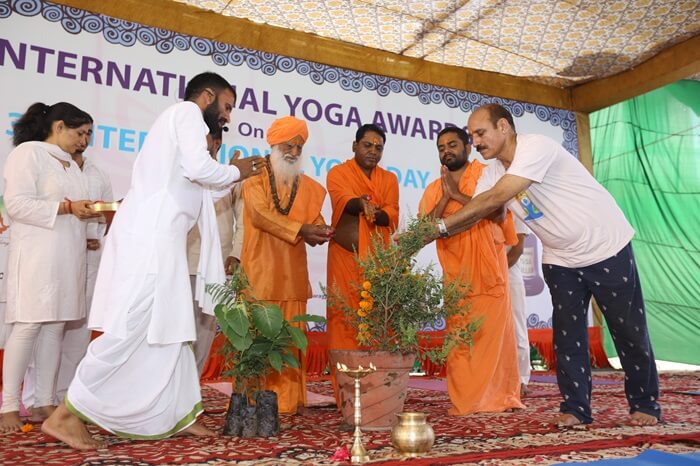July: Enjoy the Monsoon Magic in Nepal
July in Nepal is a time of transformation, as the monsoon season bathes the country in a lush, verdant blanket. The heavy rains rejuvenate Nepal’s landscapes, turning them into a breathtaking paradise of vibrant greens and cascading waterfalls. Although trekking in the high mountains may be less ideal due to the rain, this season presents a unique opportunity to explore the country’s lowland regions and immerse yourself in the rich cultural tapestry of the Kathmandu Valley. Here’s why July is a special time to experience Nepal’s monsoon magic.
The Beauty of the Monsoon Landscapes
As the monsoon clouds roll in, Nepal’s natural beauty reaches new heights. The heavy rains enrich the terrain, making the already stunning landscapes even more spectacular. Rivers swell with water, creating powerful torrents that rush through the valleys. Waterfalls, fed by the relentless rains, come alive in a dazzling display of nature’s raw power and beauty. The lush greenery of terraced fields and forested hills creates a picturesque landscape, offering a serene and tranquil escape from the bustling city life.
Exploring the Kathmandu Valley

July is an excellent time to explore the Kathmandu Valley, a region rich in cultural and historical significance. The Kathmandu Valley, comprising Kathmandu, Patan, and Bhaktapur, is renowned for its ancient temples, vibrant markets, and traditional craftsmanship. During the monsoon season, the valley is less crowded with tourists, providing a more intimate and serene experience.
- Kathmandu: Wander through the narrow streets of Kathmandu’s old town and discover its intricate Newari architecture, including UNESCO World Heritage Sites like Swayambhunath Stupa (Monkey Temple) and Pashupatinath Temple. The cooler temperatures and occasional drizzle create a refreshing atmosphere as you explore the city’s rich history and vibrant culture.
- Patan: Patan’s Durbar Square is a marvel of traditional Newari architecture and art, providing a glimpse into the area’s rich heritage.
- Bhaktapur: Known for its well-preserved medieval architecture, Bhaktapur offers a window into traditional Newari life. Both Patan and Bhaktapur provide a quieter, more reflective experience during the monsoon season, allowing visitors to appreciate the artistry and heritage without the usual crowds.
Monsoon Adventures in the Lowlands
While high-altitude treks might be challenging during the monsoon due to the risk of landslides and slippery trails, the lowland regions of Nepal offer fantastic opportunities for exploration. The Terai region, with its flat and fertile plains, becomes a lush green expanse during the monsoon season. This is a great time to visit Chitwan National Park, where the monsoon rains replenish the rivers and waterholes, making wildlife spotting more exciting. Although some trails might be muddy, the park’s diverse flora and fauna thrive in the wet conditions, providing a different perspective on Nepal’s natural beauty.
For those interested in cultural experiences, the monsoon season is also a time for local festivals and celebrations. The Kathmandu Valley and Terai regions often host traditional festivals that offer a glimpse into Nepalese customs and traditions. Participating in these festivals during the monsoon can be a memorable experience, providing insights into the local way of life and cultural practices.
Fewer Tourists, More Serenity
One of the most significant advantages of visiting Nepal in July is the reduced number of tourists. The monsoon season is considered the off-peak period for tourism, meaning that popular destinations and attractions are less crowded. This allows for a more peaceful and immersive experience, whether you’re exploring ancient temples, wandering through vibrant markets, or simply soaking in the natural beauty of the landscape.
Conclusion
Embrace the monsoon season’s unique charm in Nepal this July. The lush landscapes, fewer crowds, and rich cultural experiences offer a different kind of magic. While the rain may limit some high-altitude adventures, the opportunities to explore the Kathmandu Valley and the lowland regions are abundant. Discover the serene beauty and cultural richness of Nepal during this transformative time. For those looking to deepen their experience, consider joining a yoga retreat in Nepal or engaging in a yoga teacher training program, available in various durations like 200-hour, 300-hour, and 500-hour formats, or embarking on an Annapurna Base Camp Trek.














